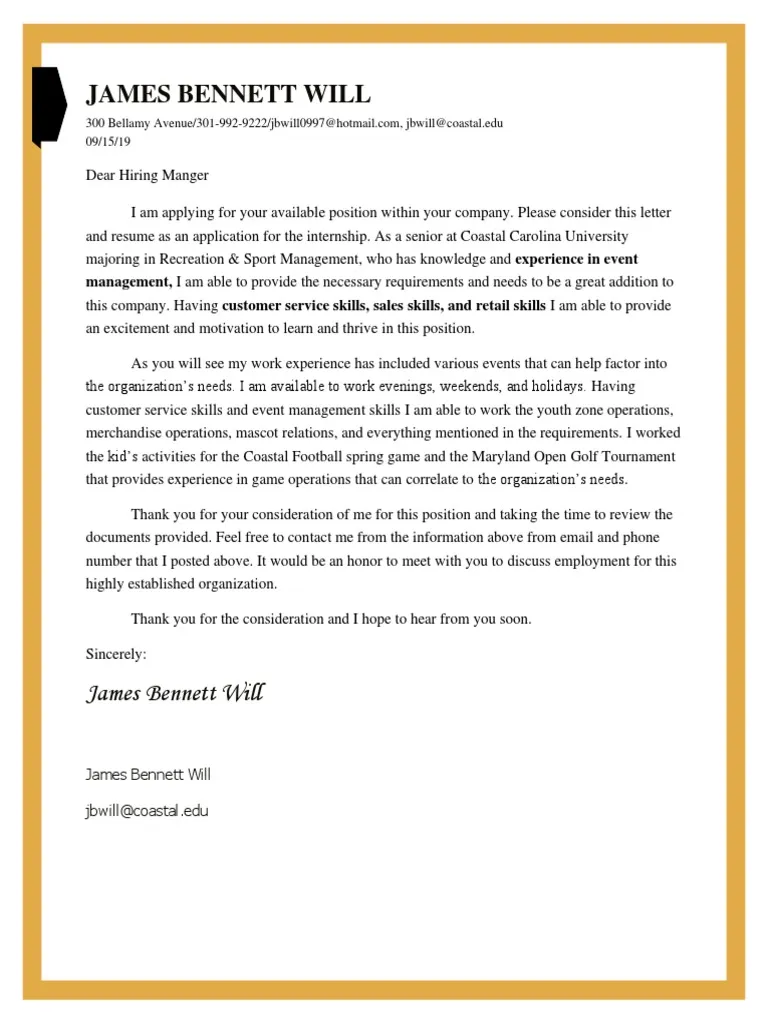Cover Letter Guide Essentials
A well-crafted cover letter is a crucial element of any job application, often serving as your first introduction to a potential employer. It’s a chance to showcase your personality, skills, and enthusiasm for the position beyond what is presented in your resume. This guide provides comprehensive advice on how to write a compelling cover letter that grabs attention and increases your chances of landing an interview. It is essential to understand the core components, formatting best practices, and common pitfalls to avoid. This knowledge will empower you to create a cover letter that stands out from the competition and effectively communicates your value to the employer.
Understanding the Purpose of a Cover Letter
The primary purpose of a cover letter is to introduce you to the hiring manager and express your interest in a specific job. It’s an opportunity to elaborate on your resume, connecting your skills and experiences to the requirements of the role. Unlike a resume, which provides a factual summary, a cover letter allows you to tell a story, explain your career goals, and demonstrate your understanding of the company and the position. Cover letters are also where you can showcase your communication skills and express your enthusiasm for the opportunity. Think of it as a personal pitch that explains why you are the ideal candidate for the job.
Key Components of a Cover Letter

A strong cover letter consists of several key components that work together to make a compelling case for your candidacy. Start with a professional heading that includes your contact information and the date. Next, address the hiring manager by name, if possible, to show you’ve done your research. The body of your letter should include a brief introduction stating the position you’re applying for and where you found the job posting. Then, elaborate on why you’re interested in the role and company, highlighting relevant skills and experiences that align with the job description. Conclude with a call to action, expressing your eagerness for an interview and thanking the reader for their time and consideration. Remember to proofread carefully to ensure a polished final product.
Formatting Your Cover Letter
Proper formatting is crucial for readability and professionalism. Choose a clean, easy-to-read font like Arial or Times New Roman, and keep the font size between 10 and 12 points. Maintain consistent margins of one inch on all sides of the document. Use single-spaced text with a blank line between each paragraph to separate your thoughts. The length of your cover letter should ideally be one page; make every word count. Use clear headings and bullet points where appropriate to organize information and highlight key points. Ensure your cover letter aligns with the overall tone and brand of the company you’re applying to – a formal tone is typically appropriate unless the company culture is very informal.
Cover Letter Writing Tips
Creating an impactful cover letter requires thoughtful planning and careful execution. Tailoring your letter to each specific job application is essential. Generic cover letters are easily identified and often discarded. Spend time reviewing the job description and highlighting the skills and experiences that match the employer’s needs. Moreover, using action verbs to describe your accomplishments can make your achievements more dynamic and engaging. Proofread your cover letter meticulously to eliminate any errors in grammar, spelling, or punctuation. A well-written and error-free cover letter demonstrates attention to detail and professionalism, which are qualities that employers value.
Tailoring Your Cover Letter
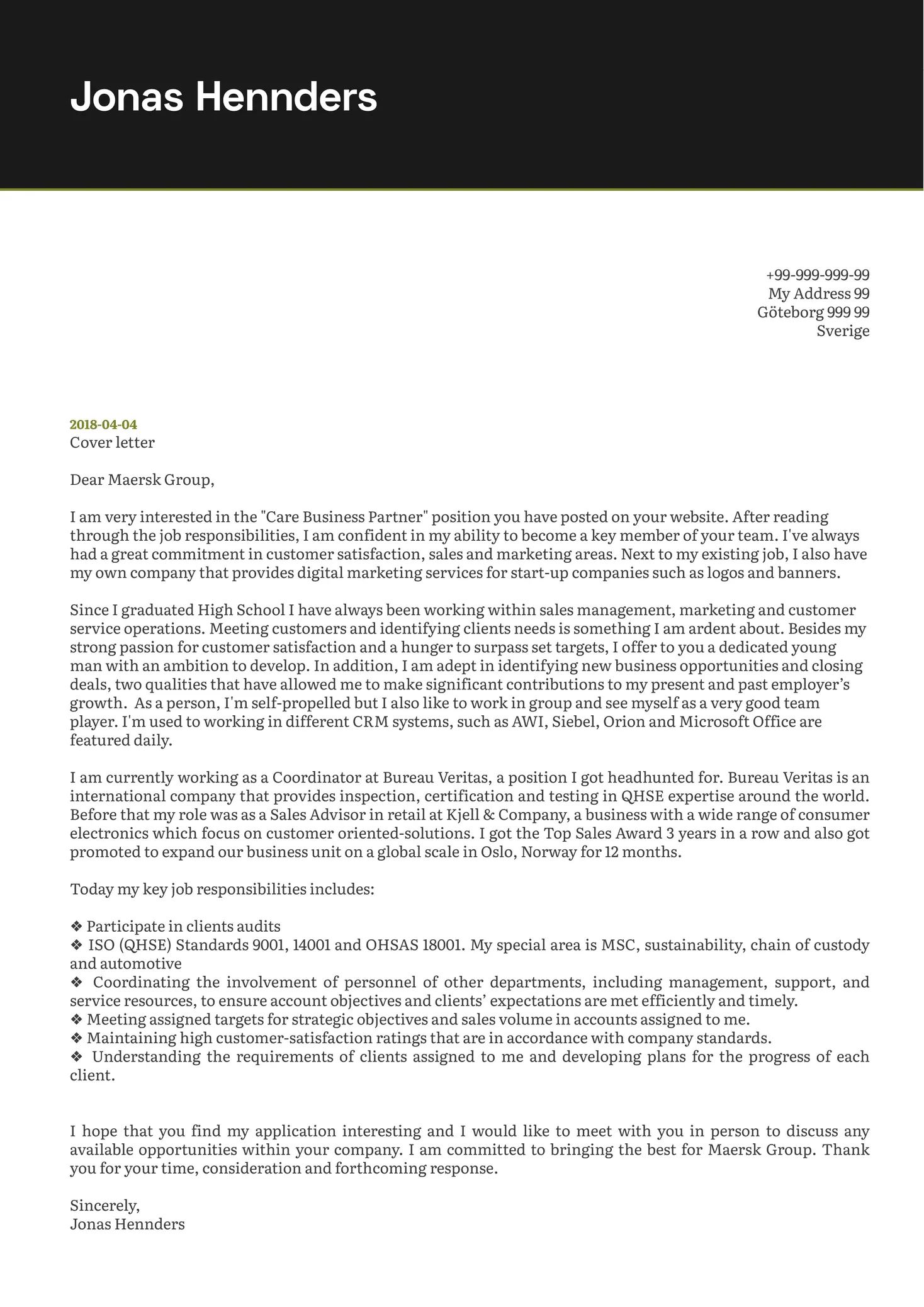
Customizing your cover letter for each job application is a critical step to show your genuine interest and suitability for the role. Start by thoroughly researching the company and the specific position. Understand the company’s values, mission, and culture. Identify the key requirements and responsibilities outlined in the job description. Then, carefully review your resume and highlight the skills and experiences that directly align with these requirements. In your cover letter, provide specific examples of how you’ve demonstrated these skills in past roles. Tailor the language and tone to reflect the company’s brand and industry standards to demonstrate your attention to detail and dedication to the application.
Highlighting Skills and Experience
Effectively showcasing your skills and experience is fundamental to the success of your cover letter. Focus on the accomplishments and achievements that are most relevant to the job you’re applying for. Use the STAR method (Situation, Task, Action, Result) to provide concrete examples of your past successes. Describe the situation, the task you were assigned, the actions you took, and the positive results you achieved. Quantify your achievements whenever possible, using numbers and data to demonstrate your impact. This approach enables the hiring manager to quickly understand the value you can bring to the role. Make sure your resume complements your cover letter by providing detailed information on the skills and experiences you mention.
Using Action Verbs
Using strong action verbs is a vital technique for making your cover letter more engaging and persuasive. Action verbs help you to describe your accomplishments in a dynamic and compelling way. Rather than using passive language, start each sentence with an action verb to highlight your skills and achievements. For example, instead of saying “Responsible for managing projects,” try “Managed projects, resulting in a 15% increase in efficiency.” Choose verbs that accurately reflect your roles and responsibilities. Some useful action verbs include: led, created, developed, implemented, managed, improved, increased, and achieved. Using impactful action verbs helps capture the reader’s attention and make your accomplishments more memorable.
Common Mistakes to Avoid
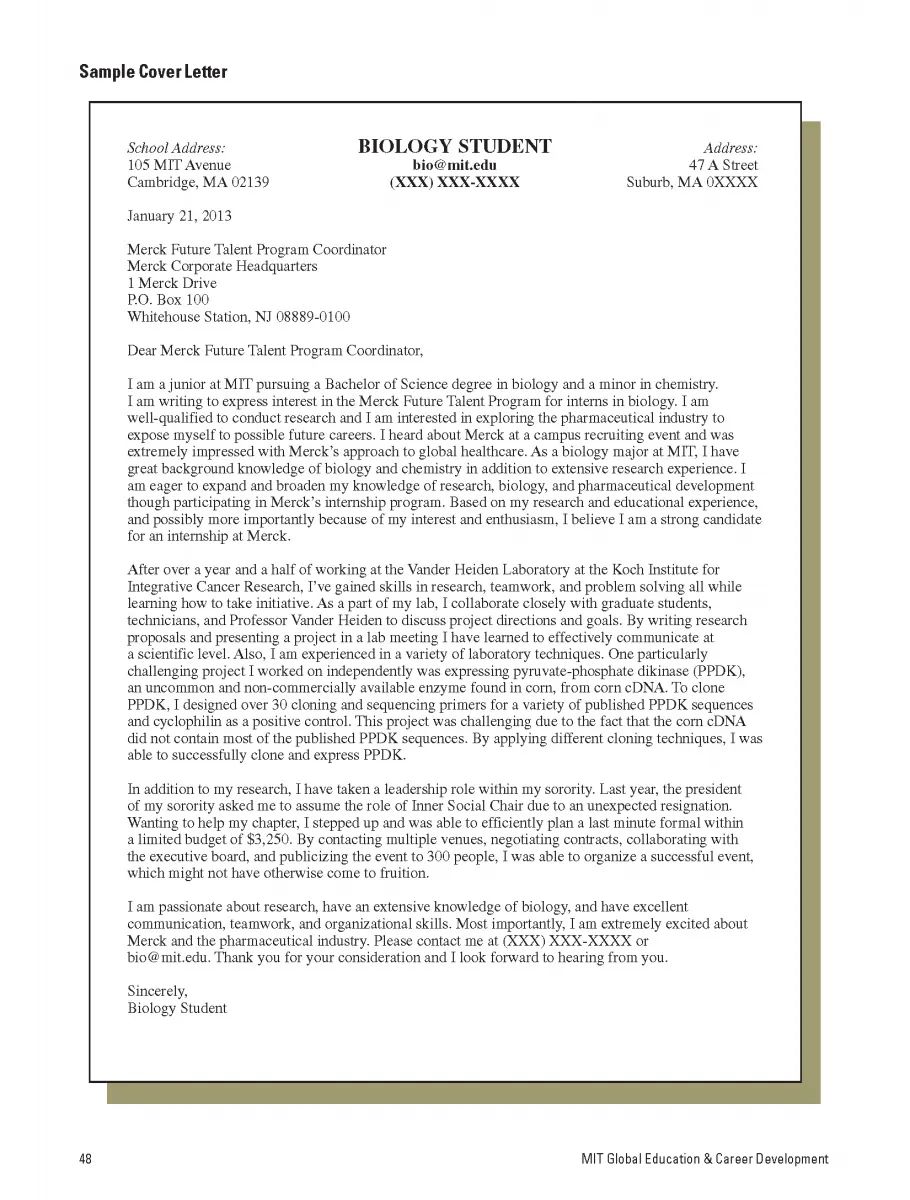
Several common mistakes can undermine the effectiveness of your cover letter. Avoid generic cover letters that could be sent to any employer. Always tailor your letter to the specific job and company. Ensure there are no grammatical errors or typos. Proofread carefully to ensure accuracy, as errors can create a negative impression. Do not repeat the information in your resume word-for-word; use the cover letter to expand on your skills and experiences and connect them to the job requirements. Avoid excessive jargon or overly complex language; aim for clarity and simplicity. Finally, do not include negative information about previous employers or jobs; keep the tone positive and forward-looking.
Cover Letter Examples and Templates
Reviewing cover letter examples and templates can provide valuable guidance in crafting your own. These examples offer a variety of formats, styles, and approaches to help you understand what a successful cover letter looks like. You can find numerous templates online, tailored to different industries and job levels. However, make sure to customize any template you use to fit your specific experience and the requirements of the job you are applying for. Using examples helps you to see how to structure your letter, the kind of language to use, and how to effectively present your skills and experience in a compelling way. Always adapt the templates to reflect your unique qualifications and the job’s specifics.
Example Cover Letter for Entry-Level Positions
When applying for entry-level positions, your cover letter should focus on your transferable skills, educational background, and any relevant internships or volunteer experiences. Highlight any projects or coursework that demonstrate your abilities and enthusiasm for the field. Emphasize your eagerness to learn and contribute to the company. Your cover letter is an opportunity to highlight your potential and show your adaptability. Be sure to showcase your soft skills, such as communication, teamwork, and problem-solving, which are highly valued in entry-level roles. Remember to demonstrate your understanding of the company’s mission and your excitement to be part of their team.
Example Cover Letter for Experienced Professionals
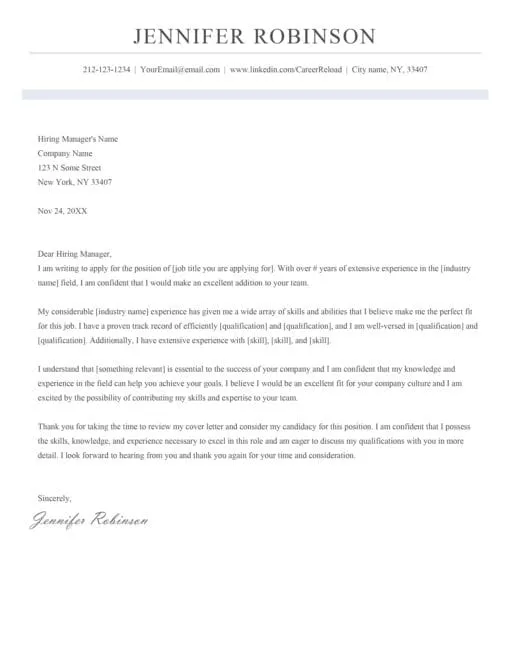
For experienced professionals, a cover letter should highlight significant achievements and past successes. Quantify your accomplishments with specific data and results. Demonstrate your leadership skills and your ability to drive positive change. Tailor your letter to show how your experience aligns with the requirements of the role and how you can contribute to the company’s goals. Showcase any awards, promotions, or special recognition you have received. Also, emphasize your understanding of the industry, market trends, and the challenges the company faces. Finally, clearly show how you have used your skills to benefit previous employers.
Example Cover Letter for Specific Industries
Cover letters for specific industries often require specialized language and formatting. Research the norms and expectations of the industry you’re applying to. For example, in creative fields, your cover letter may be more informal, allowing you to express your personality and showcase your portfolio. In more formal industries, such as finance or law, a more structured and professional tone is expected. Use keywords and terminology relevant to the industry. Show that you understand the industry trends and the company’s place in the market. Demonstrate how your specific skills and expertise align with the unique requirements of the industry and the particular role you are applying for. Make sure you have samples of previous work.
Cover Letter Best Practices
Adhering to best practices ensures that your cover letter effectively communicates your value to the employer. Always tailor your cover letter to the specific job and company. Proofread your cover letter for any errors in grammar or spelling. Keep your cover letter concise, aiming for one page. Make sure your tone and language are appropriate for the industry and the company culture. Use strong action verbs to showcase your accomplishments. Proofread and check grammar. Always include a clear call to action. The goal is to create a professional and compelling introduction that piques the hiring manager’s interest and encourages them to learn more about your qualifications and experiences.
Proofreading and Editing
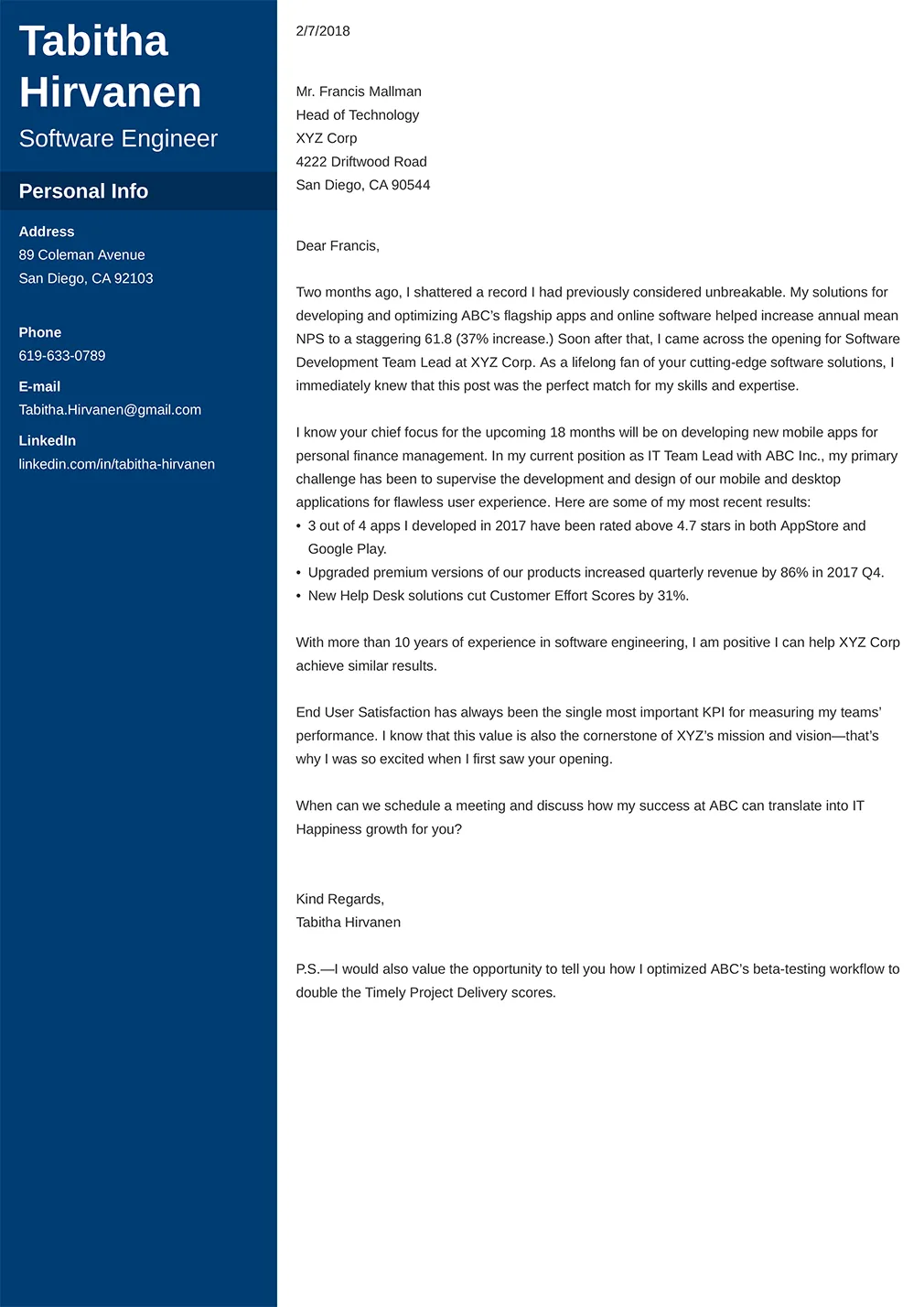
Thorough proofreading and editing are critical steps in producing a polished cover letter. Errors in grammar, spelling, or punctuation can damage your credibility. Before submitting your cover letter, read it carefully to catch any mistakes. Consider asking a friend or colleague to review your letter as a fresh set of eyes can often identify errors you may have missed. Use grammar and spell-check tools, but don’t rely on them entirely. Proofread the cover letter multiple times, each time focusing on a different aspect, such as grammar, clarity, and overall flow. Ensure consistency in formatting and style throughout the document. A well-edited cover letter demonstrates attention to detail and professionalism.
Sending Your Cover Letter
When sending your cover letter, pay close attention to the details of the application process. Follow the specific instructions provided in the job posting. Ensure that your cover letter and resume are properly formatted and saved as a PDF file unless otherwise specified. Use a professional email address and include a clear, concise subject line. In the email body, reiterate your interest in the position and mention the attachments. If you are submitting a hard copy, use high-quality paper and ensure the cover letter is neatly printed. Finally, save a copy of your cover letter and application materials for your records. Remember to follow up, if appropriate, to express your continued interest in the position.
